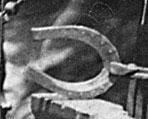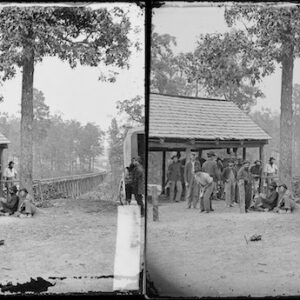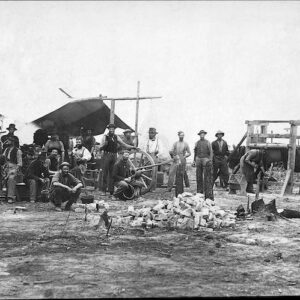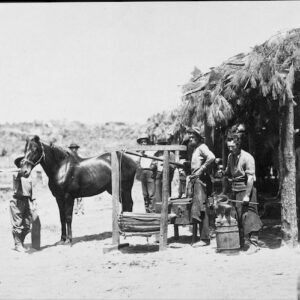Tag: horseshoe
 Wikipedia says: A horseshoe is a fabricated product, normally made of metal, designed to protect a horse hoof from wear. Shoes are attached on the palmar surface (ground side) of the hooves, usually nailed through the insensitive hoof wall that is anatomically akin to the human toenail, although much larger and thicker.
Wikipedia says: A horseshoe is a fabricated product, normally made of metal, designed to protect a horse hoof from wear. Shoes are attached on the palmar surface (ground side) of the hooves, usually nailed through the insensitive hoof wall that is anatomically akin to the human toenail, although much larger and thicker.
When kept as a talisman, a horseshoe is said to bring good luck. A stylized variation of the horseshoe is used for a popular throwing game, horseshoes.
Since the early history of domestication of the horse, working animals were found to be exposed to many conditions that created breakage or excessive hoof wear. Ancient people recognized the need for the walls (and sometimes the sole) of domestic horses’ hooves to have additional protection over and above any natural hardness. An early form of hoof protection was seen in ancient Asia, where horses’ hooves were wrapped in rawhide, leather or other materials for both therapeutic purposes and protection from wear. From archaeological finds in Great Britain, the Romans appeared to have attempted to protect their horses’ feet with a strap-on, solid-bottomed “hipposandal” that has a slight resemblance to the modern hoof boot.
Historians differ on the origin of the horseshoe. Because iron was a valuable commodity, and any worn out items were generally reforged and reused, it is difficult to locate clear archaeological evidence. Although some credit the Druids, there is no hard evidence to support this claim. In 1897 four bronze horseshoes with what are apparently nail holes were found in an Etruscan tomb dated around 400 BC. The assertion by some historians that the Romans invented the “mule shoes” sometime after 100 BC is supported by a reference by Catullus who died in 54 BC. However, these references to use of horseshoes and muleshoes in Rome may have been to the “hipposandal”—leather boots, reinforced by an iron plate, rather than to nailed horseshoes.
Existing references to the nailed shoe are relatively late, first known to have appeared around AD 900, but there may have been earlier uses given that some have been found in layers of dirt. There are no extant references to nailed horseshoes prior to the reign of Emperor Leo VI, and by 973 occasional references to them can be found. The earliest clear written record of iron horseshoes is a reference to “crescent figured irons and their nails” in AD 910. There is very little evidence of any sort that suggests the existence of nailed-on shoes prior to AD 500 or 600, though there is a find dated to the 5th century AD of a horseshoe, complete with nails, found in the tomb of the Frankish King Childeric I at Tournai, Belgium.
Around 1000 AD, cast bronze horseshoes with nail holes became common in Europe. A design with a scalloped outer rim and six nail holes was common. According to Gordon Ward the scalloped edges were created by double punching the nail holes causing the edges to bulge. The 13th and 14th centuries brought the widespread manufacturing of iron horseshoes. By the time of the Crusades (1096–1270), horseshoes were widespread and frequently mentioned in various written sources. In that period, due to the value of iron, horseshoes were even accepted in lieu of coin to pay taxes.
By the 13th century, shoes were forged in large quantities and could be bought ready-made. Hot shoeing, the process of shaping a heated horseshoe immediately before placing it on the horse, became common in the 16th century. From the need for horseshoes, the craft of blacksmithing became “one of the great staple crafts of medieval and modern times and contributed to the development of metallurgy.” A treatise titled “No Foot, No Horse” was published in England in 1751.
In 1835, the first U.S. patent for a horseshoe manufacturing machine capable of making up to 60 horseshoes per hour was issued to Henry Burden. In mid-19th-century Canada, marsh horseshoes kept horses from sinking into the soft intertidal mud during dike-building. In a common design, a metal horseshoe holds a flat wooden shoe in place.
Showing all 3 results


